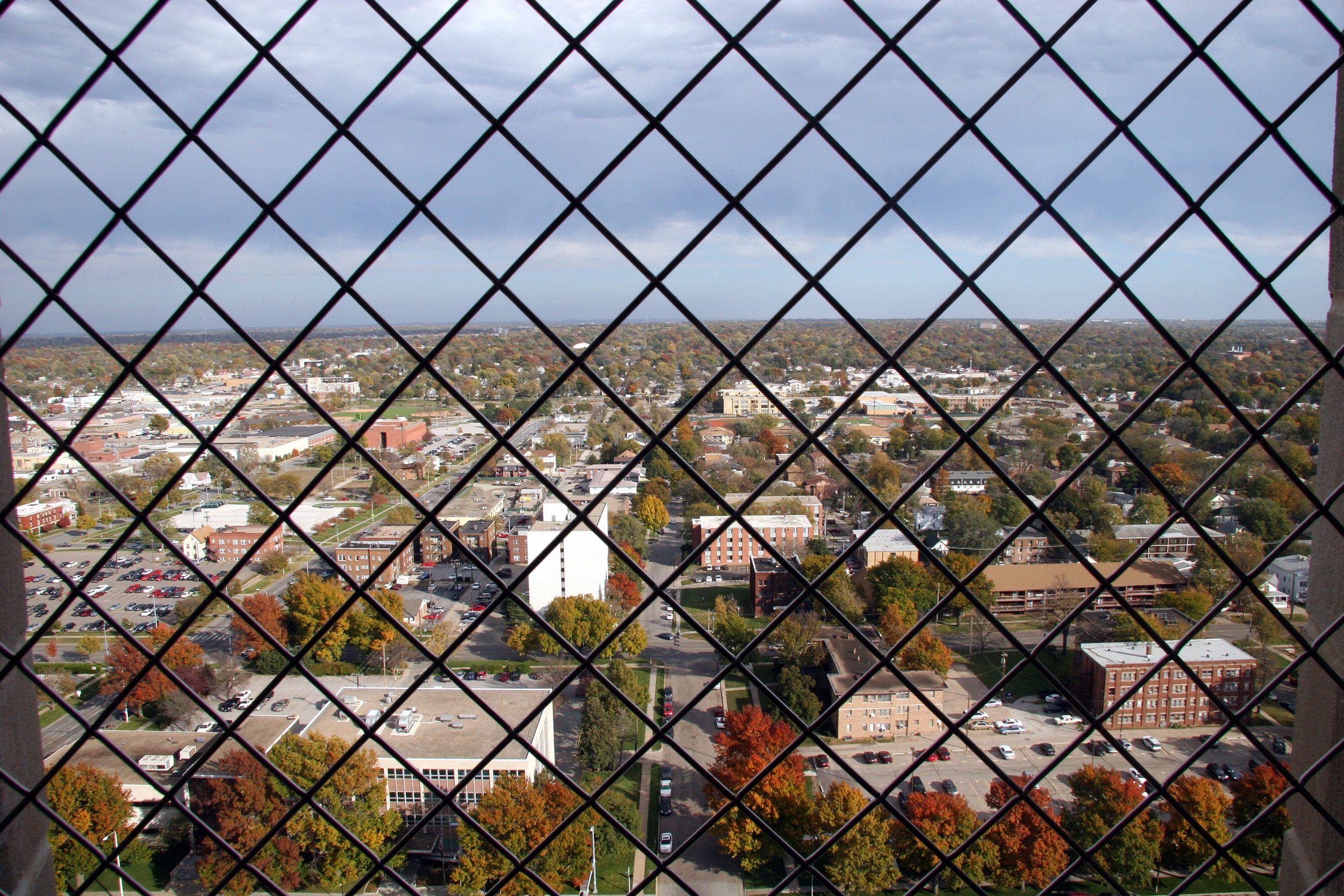
Page 1 of 4
New Orleans, Louisiana
Wave goodbye, wish me well, you've got to let me go
The most famous street in New Orleans is Bourbon Street (although these beignets are from Jackson Square), a great place to buy a t-shirt with a swear word on it, visit a surprisingly diverse range of adult clubs or possibly vomit on the street. Ok, it's not that bad but, well, it's also not all that far off. The street does manage to keep a certain level of accessible pirate-level debauchery alive and well right in heart of a historic district, an important facet of a multi faceted city and one that seems thoroughly appropriate in a city best described with the words decay and evil (or fun, depending on your perspective).
My first impressions of the city focused around two separate words that were hard to get out of my head. The first word was decay. A lot of the buildings in the French Quarter and in the city feel as if they are falling apart, rotting, dying- something not helped by the humid rainy days I spent walking its streets. The second, somewhat more loaded word I used that weekend was evil. Not necessarily bad but rather evil, a word that describes a place where one might sell or lose their soul or future or life in some dark corner or in some dark alley. Despite the obvious negative connotations of such words I still liked the place. Its character, its history, its soul were all strong, despite (or perhaps because of) the decay and evil seemingly waiting around every dark corner and around every dark alley.
Heading towards a rainy sunset, the gates of Jackson Square were closed and locked for everyone except a disturbing amount of cats (or perhaps a disturbing amount of ghost cats, it was kind of hard to tell).
New Orleans and Louisiana were founded by the French, an influence that remains strong in everything from the street names (Bourbon, Dauphine, Chartres, Royal) to the food, language and landmarks. Even outside the French Quarter and in the Garden District, you still can feel the influence of something different, which I believe I identified as decay and evil in one of the descriptions above.
This is Lafayette Cemetery, home of the dead and home to fictional Anne Rice vampires. Dead are buried here above ground because the low water table used to actually raise the dead (or at least used to push their caskets back above ground and scare the hell out of everyone).
It is impossible to write about or think about New Orleans without writing and thinking about Hurricane Katrina and the destruction of an American city. Years later the Lower Ninth Ward has been mostly demolished leaving block after overgrown block where residential neighborhoods once stood and creating an eerie ghost town of immense sadness that is truly hard to describe. Confusing things even further are feelings of anger about the slow rebuilding process and feelings that maybe rebuilding and repopulating vulnerable, below sea level areas may not be the best course of action anyway. Meanwhile the streets north of Claiborne feel surprisingly rural, like some sort of nature preserve within an unforgiving street grid and spotted with increasingly rare outposts where someone has decided to repair or rebuild.
And while the Lower Ninth Ward was destroyed, many parts of the city escaped unharmed, or at least unharmed enough to have healed themselves since all that destruction three years past. So while all of the homes, playgrounds, schools and churches of the Lower Ninth Ward were destroyed, somehow all those sex shops on Bourbon Street survived unscathed. Go figure.
One of the most important buildings in the country in the last 50 years isn't even a building. Piazza d'Italia was designed by American architect Charles Moore in 1978 off Poydras Street in New Orleans, a carefully designed mess of a plaza that is one of the most famous and best pieces of postmodern architecture ever built. On three sides of a plaza, Italian arches and columns (clad in stainless steel and lit with neon) rise to surround a rather involved fountain that sprays off of pediments and falls between piers. At its core, postmodernism was an attempt to use (and translate) the language and symbols and ornamentation of classical architecture but using the materials and lessons of modernism. And even though I am not a fan of postmodernism as a style (I remain a brutalist at heart), I still have to admire just how well designed Moore's recently restored fountain really is. Every detail, every piece of neon, every stainless steel column capital work together and in fact work together well.

